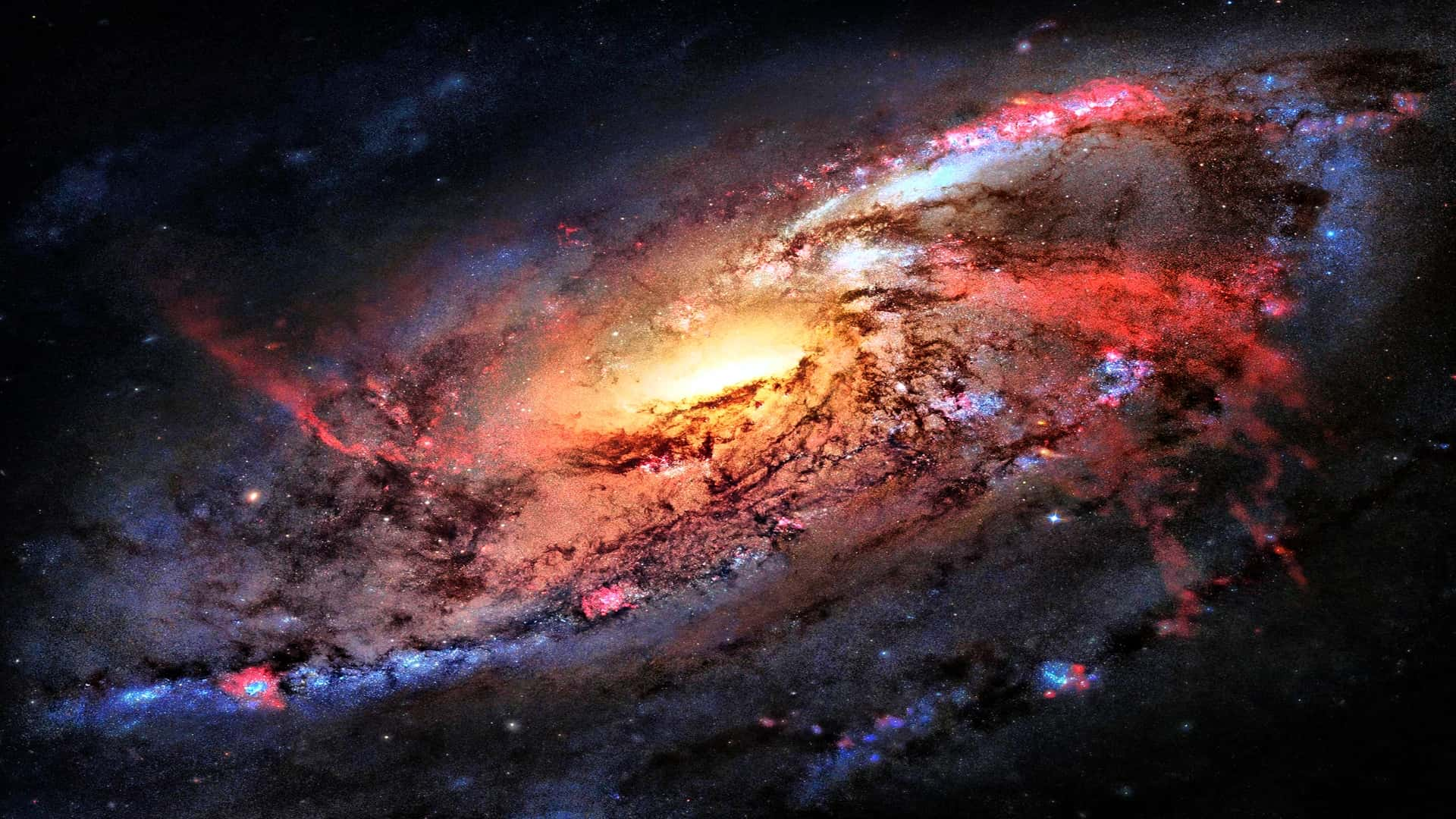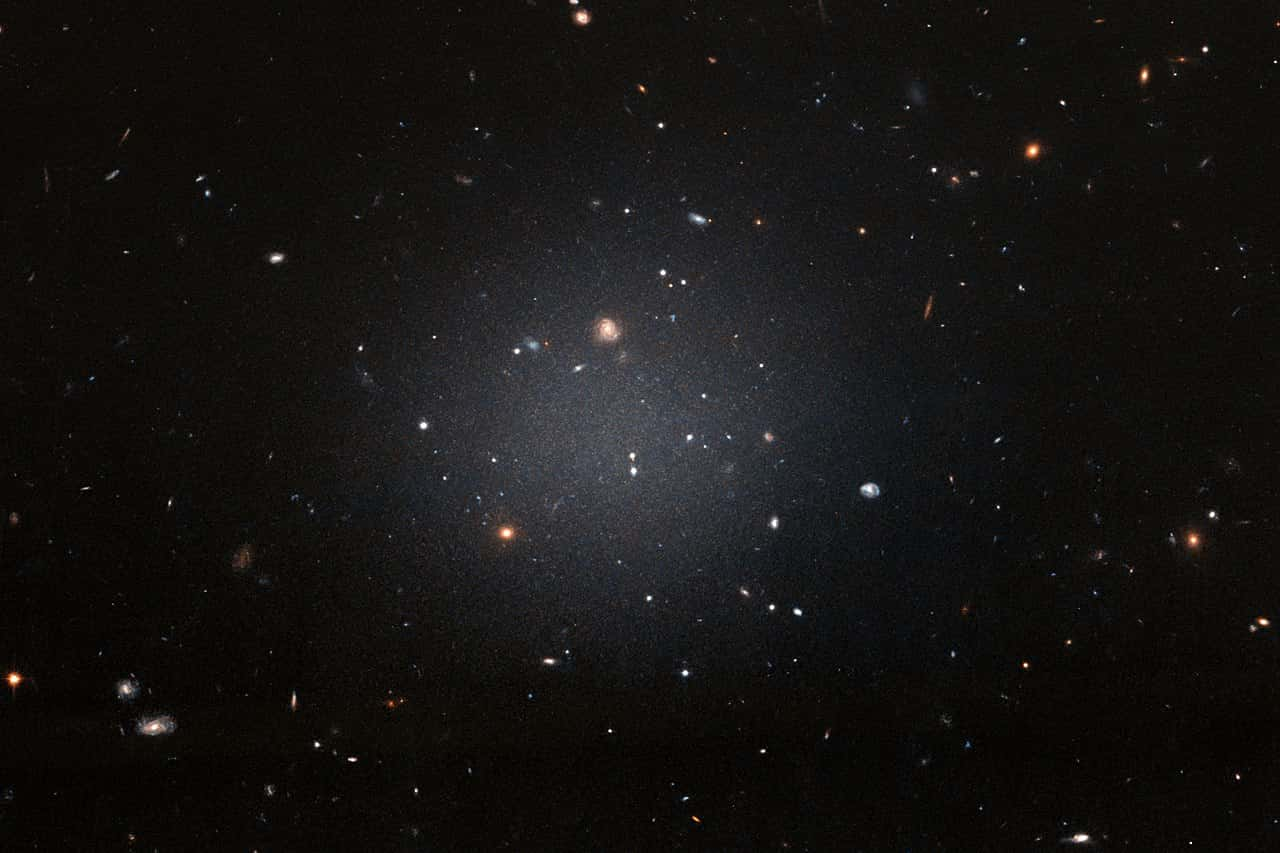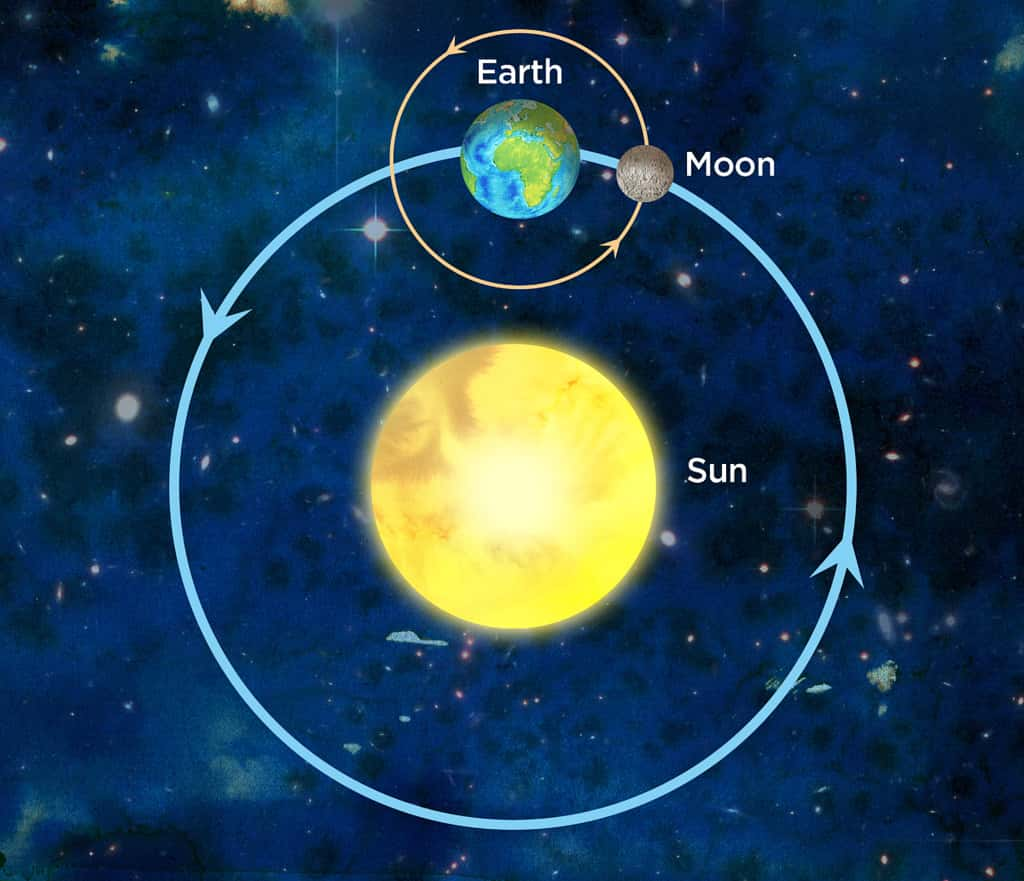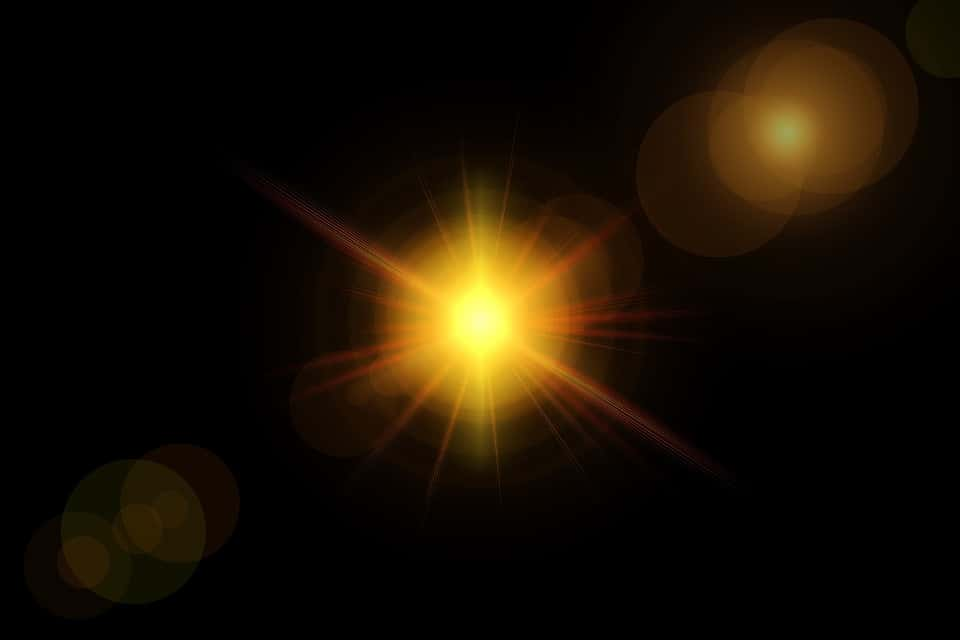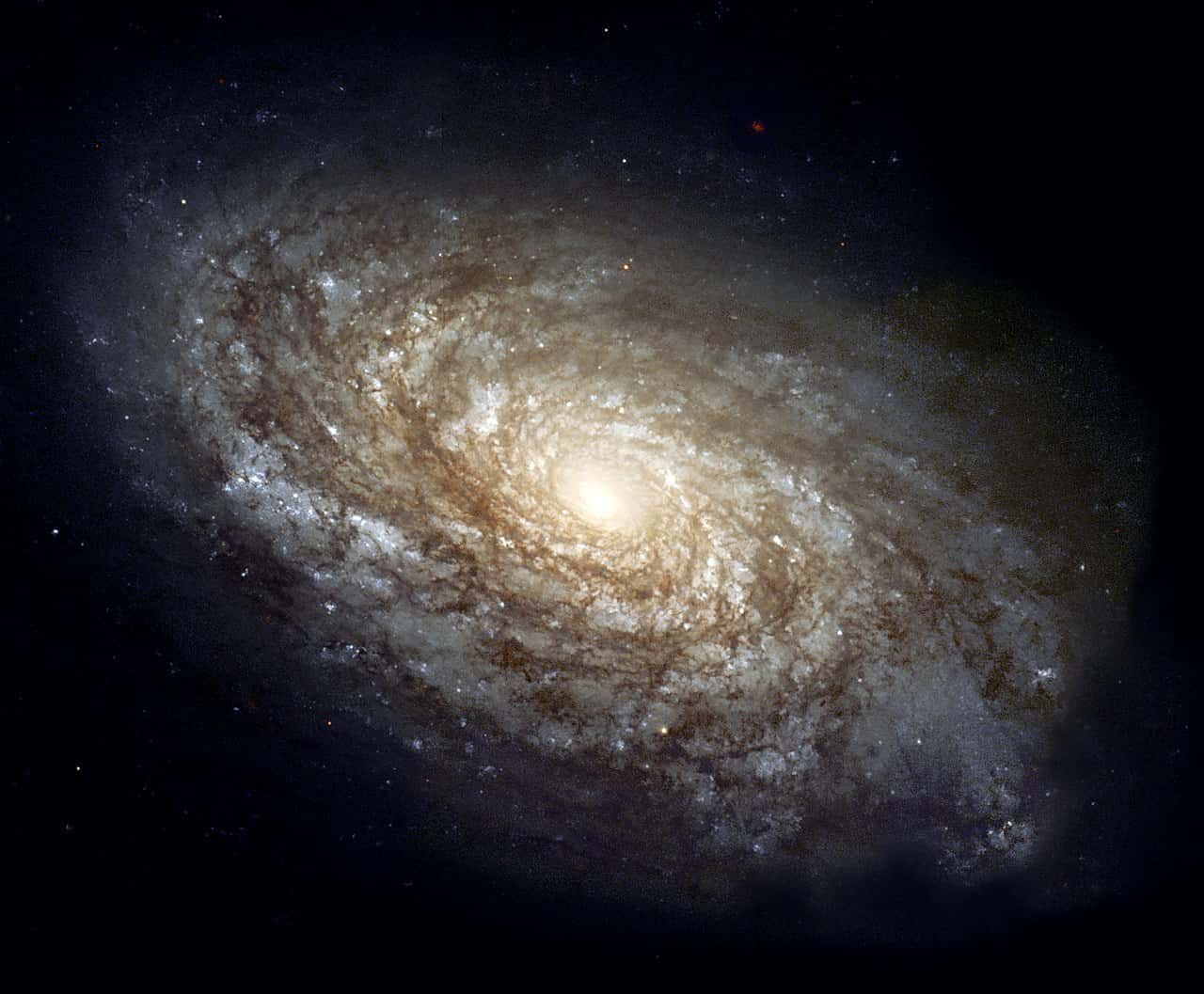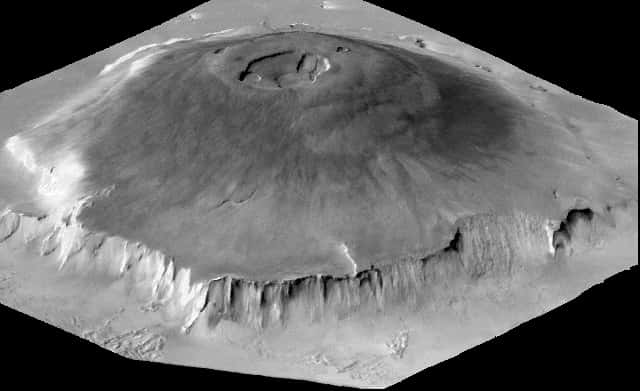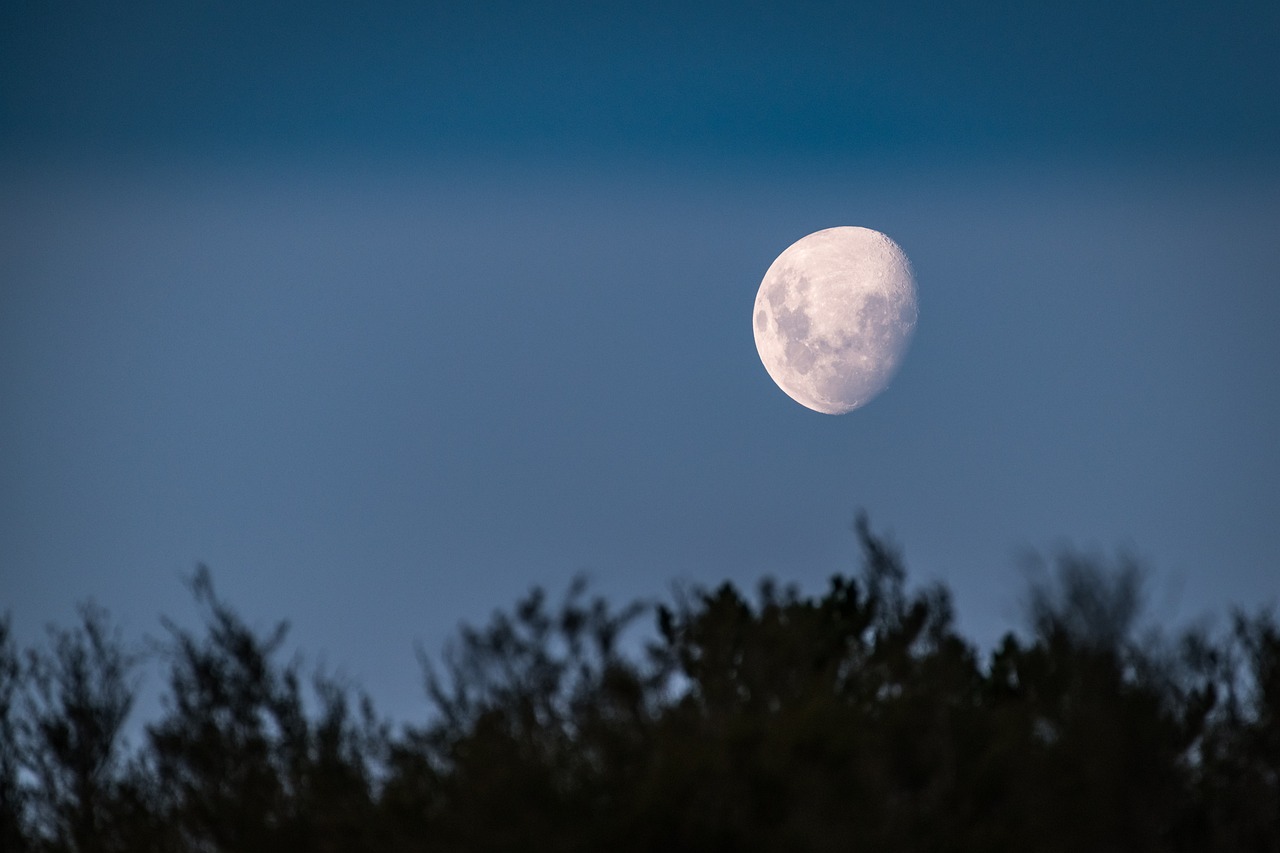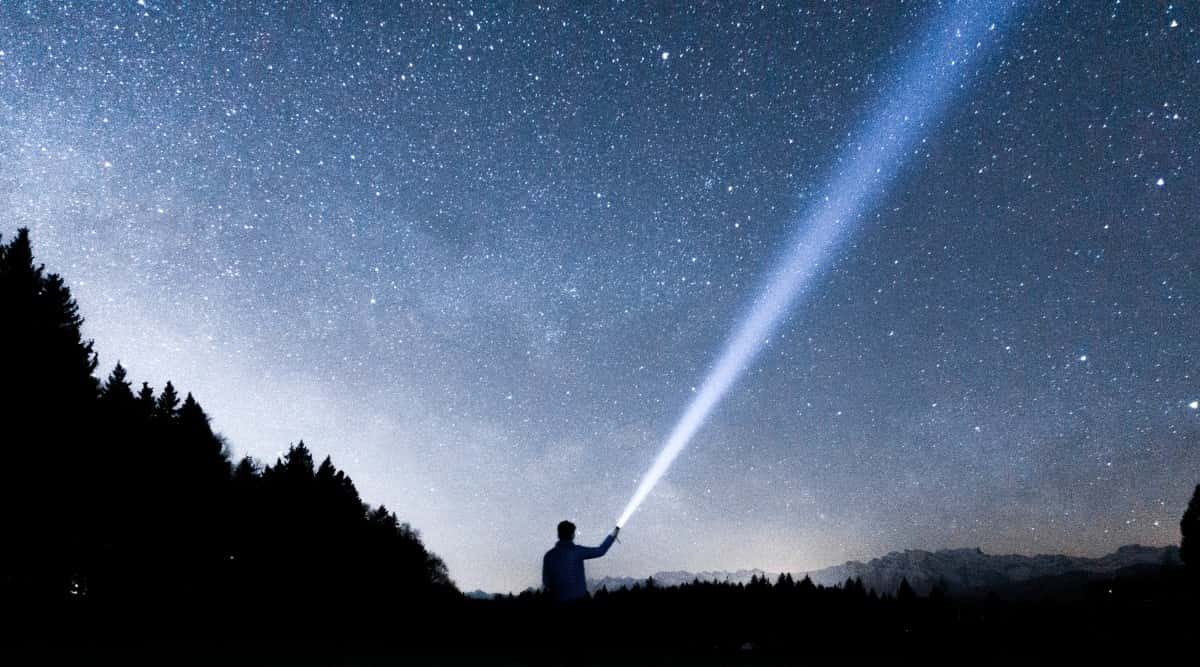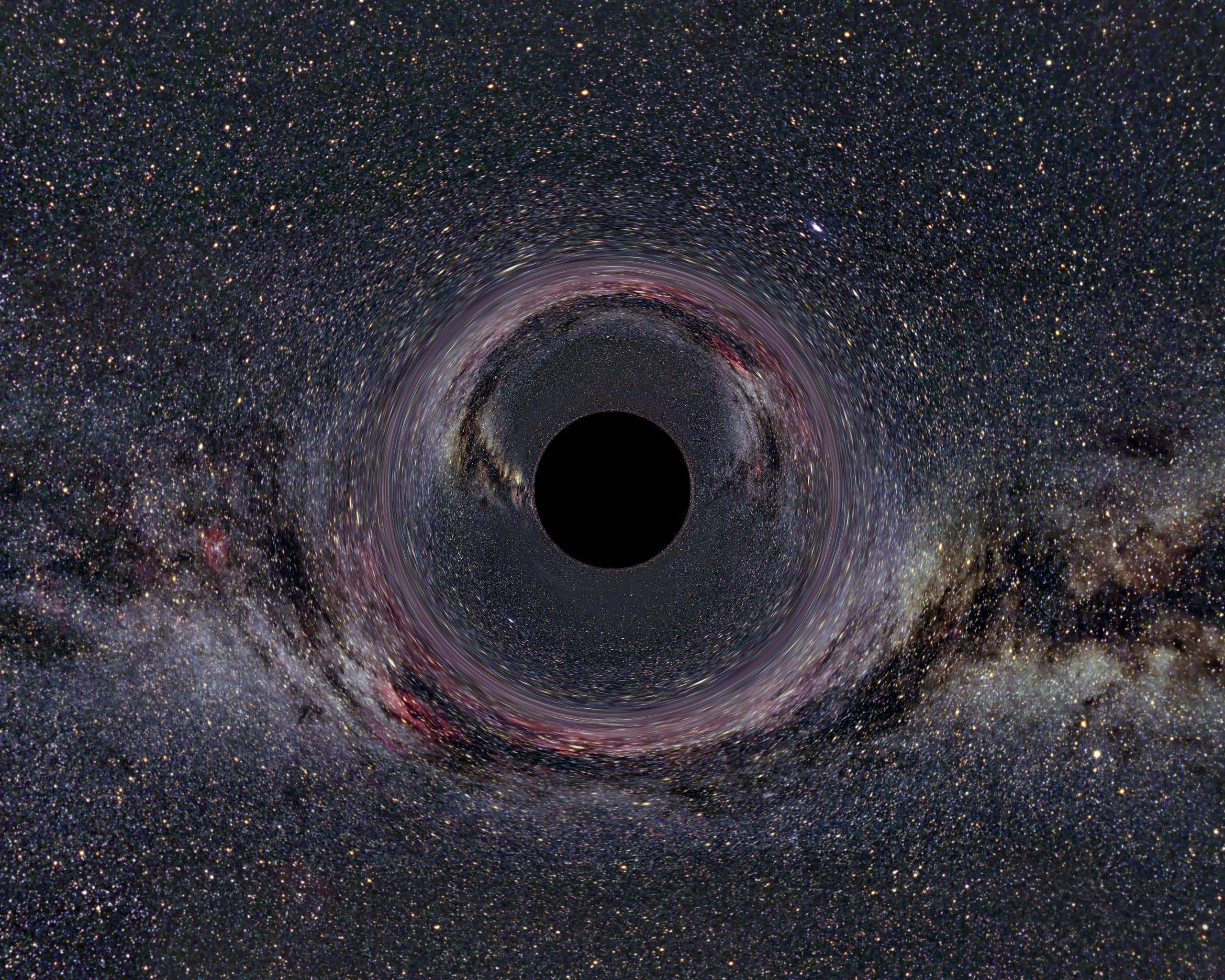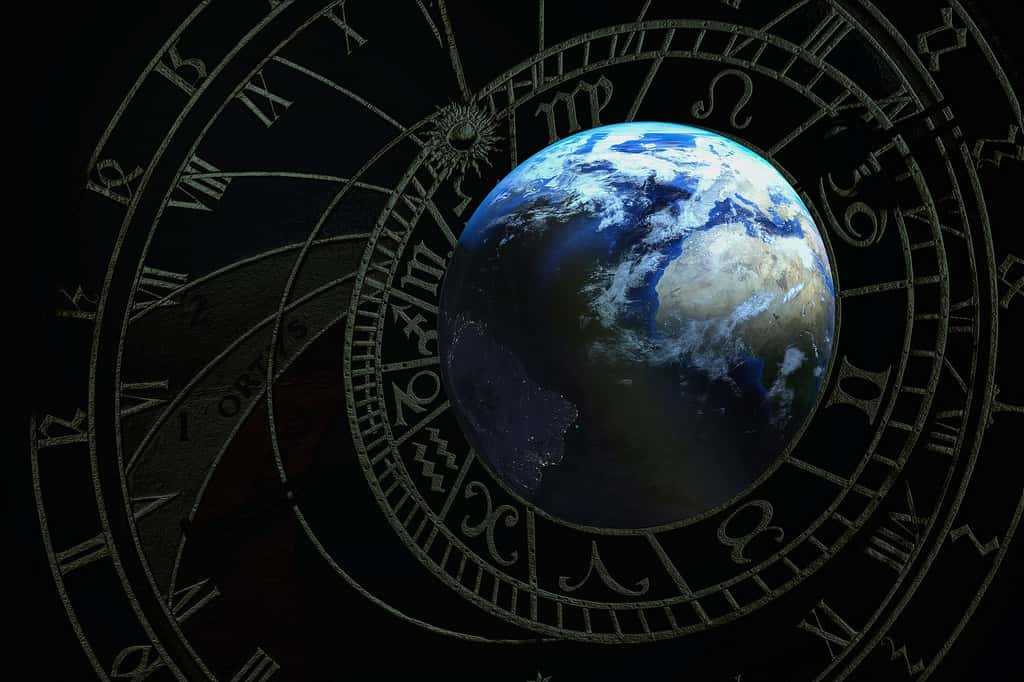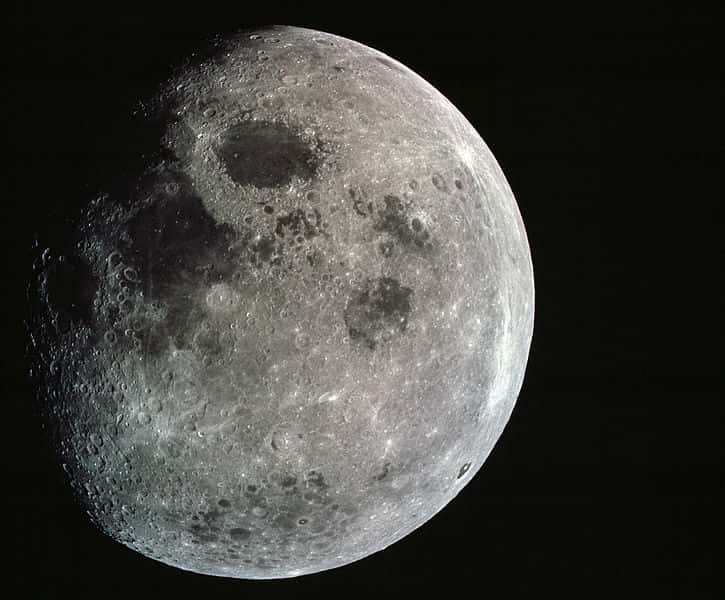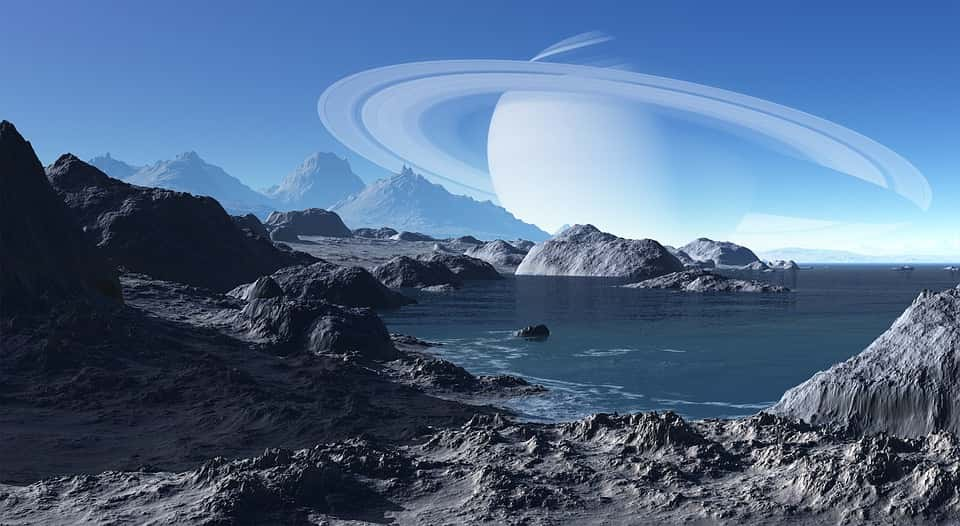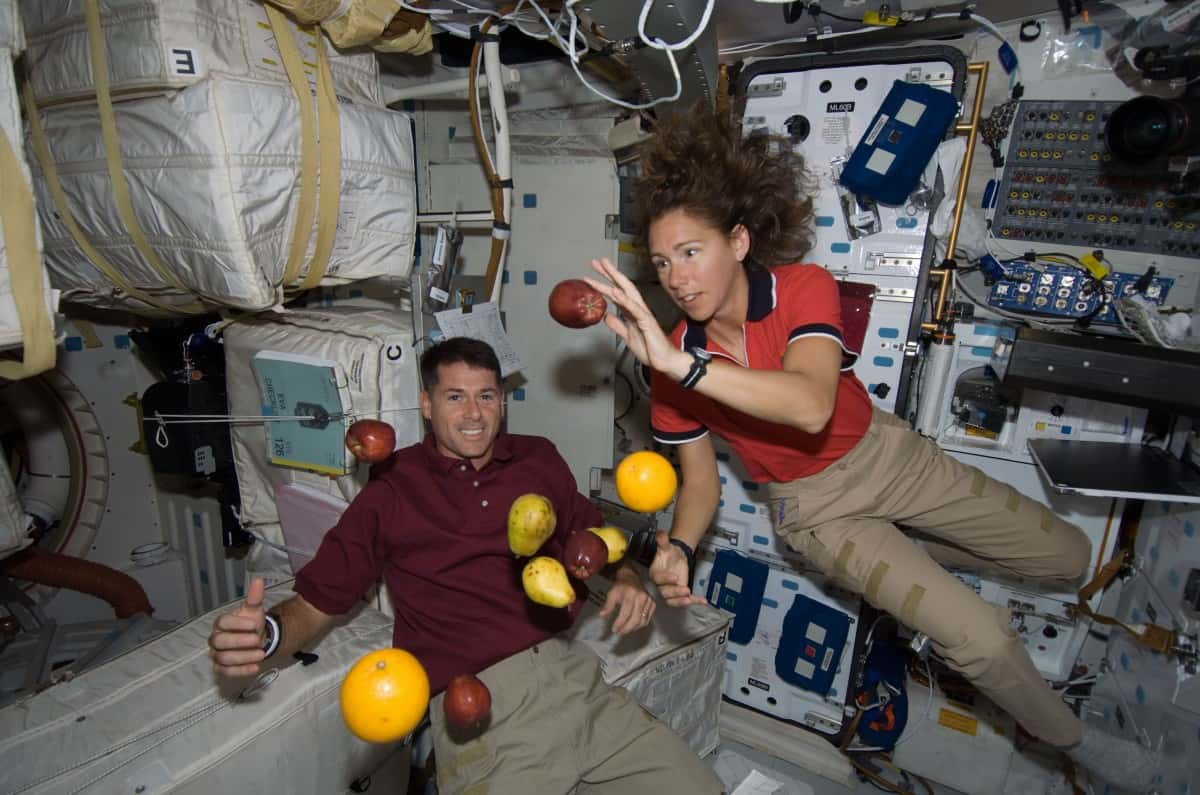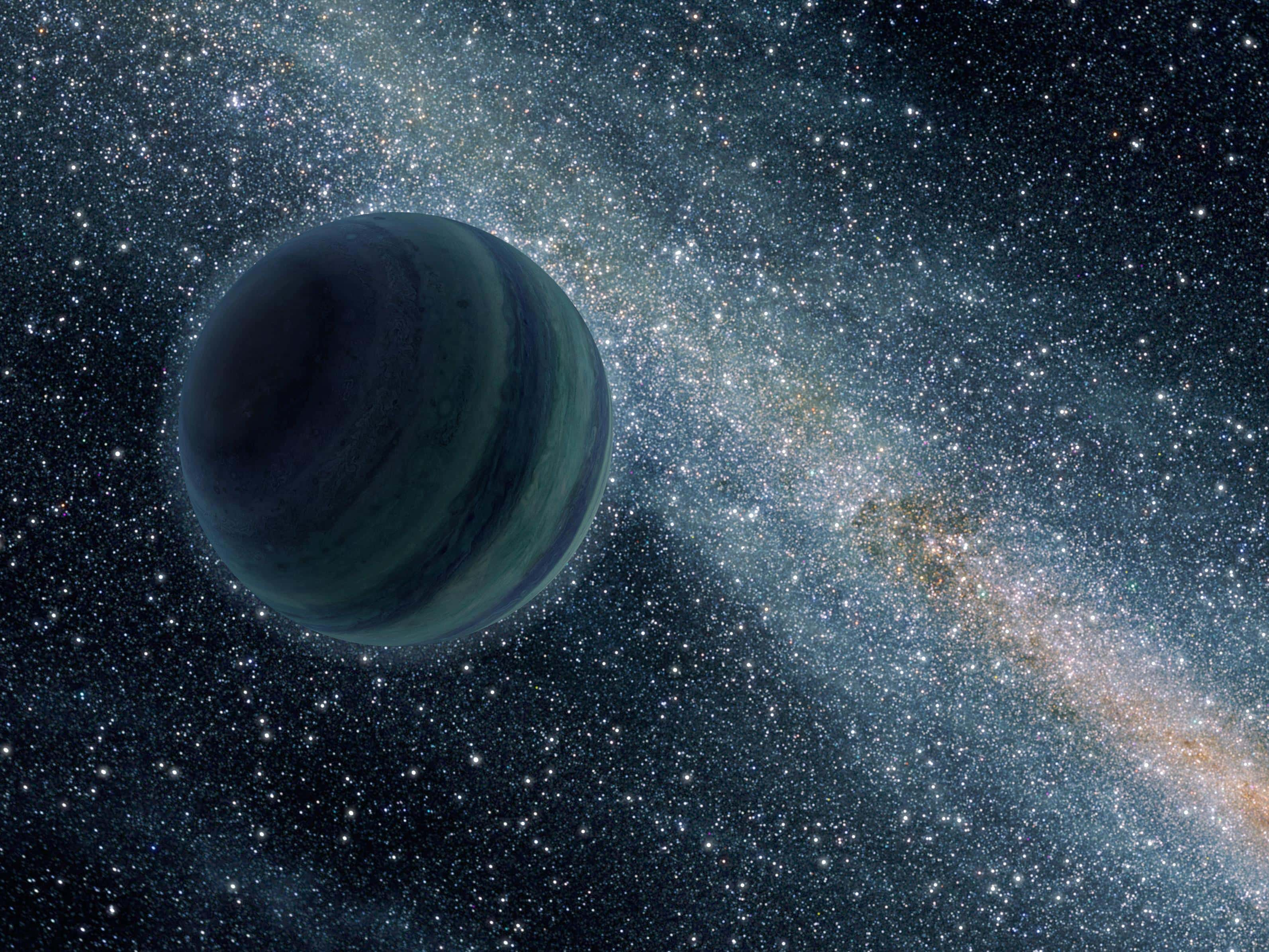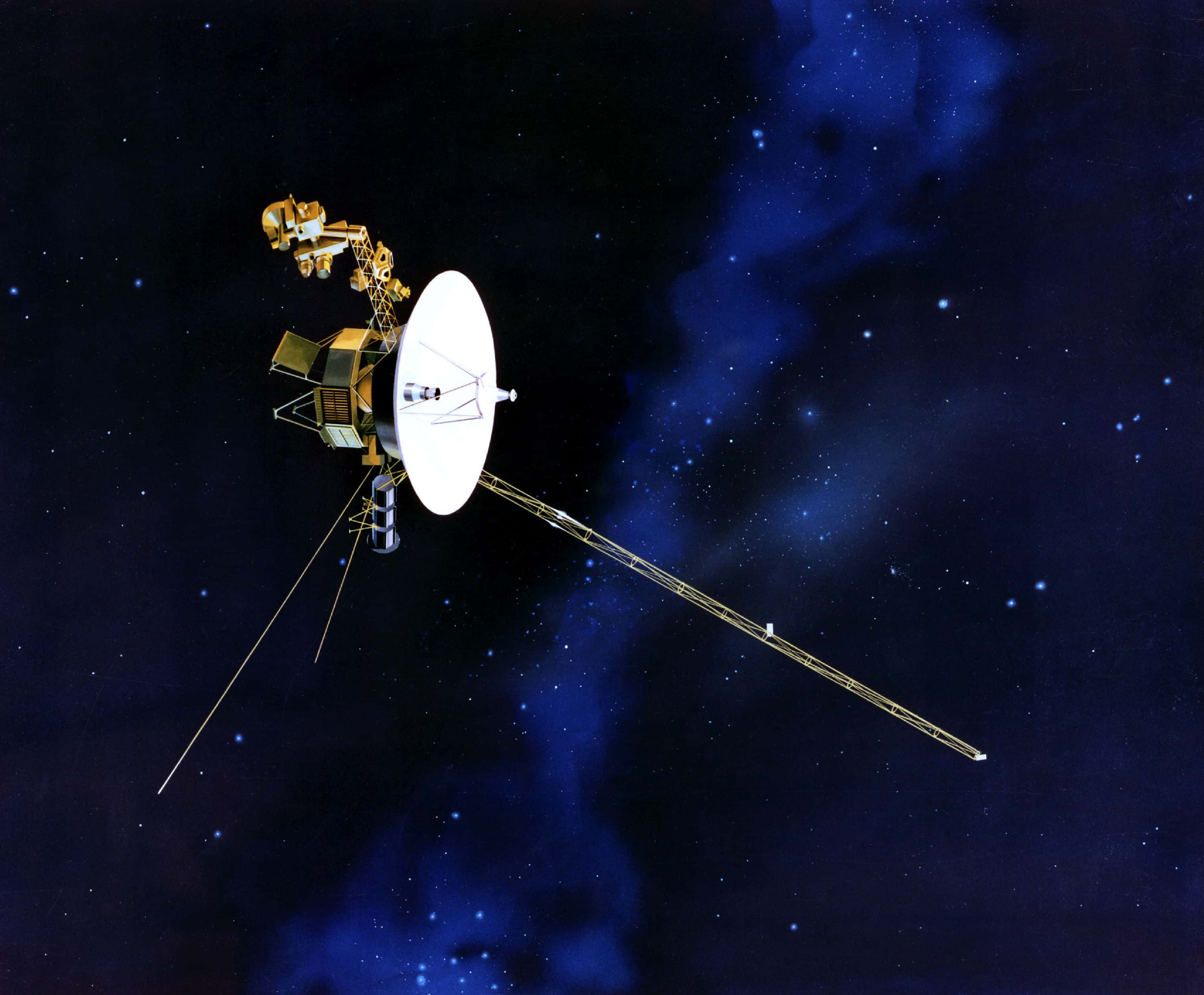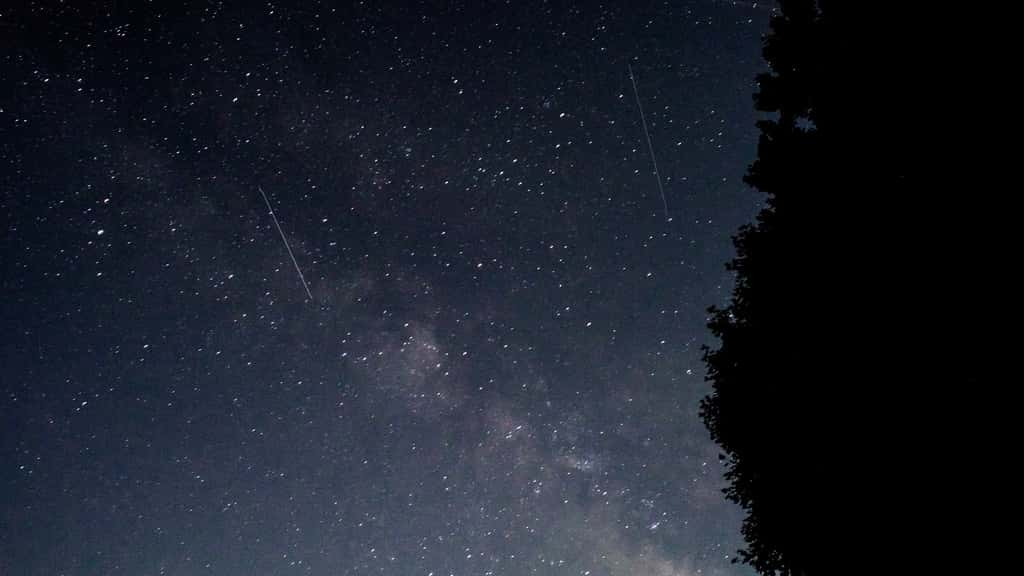It's a universal experience to have stared up at the heavens, and wondered what is out there. Few of us can spend much time under a canopy of stars without marveling at our own seemingly inconsequential size in comparison to such endless space.
Perhaps that's why so much of human thought has been driven by the desire to understand more about our place among all those bright lights. From the time of philosophers like Eratosthenes and Aristotle, who used the mysteries of the solar system to drive their pursuit of knowledge, to more recent heroes like Stephen Hawking, we have been captivated as a species by the cosmos.
So if you, like so many before you, often find yourself wondering at the vastness of eternity... you've come across the right article. We've written this for you, to answer as many questions as we can with this ultimate list of facts about outer space
Happy reading.
1. Minor Temperature Differences
Upsilon Andromeda B, an extrasolar planet approximately 44 light-years away from the Sun, also only faces one side to its star. It has what you might think of as the planetary-equivalent of a split personality: One side of the planet is hot as lava, while the other one is consistently below freezing.
If you've ever taken a shower at a friend's house, and found yourself utterly bamboozled by their Rubiks Cube of a hot/cold water knob, you will known what life is like on Upsilon Andromeda B. Or rather, what life isn't like on Upsilon Andromeda B.
You know...cause you'd be deceased.

2. Kaboom!
If you placed a pinhead-sized piece of the Sun's core on the Earth, you would die from standing within 145 km (90 miles) from it. Why? In essence, it possesses an enormous amount of energy, and it will erupt like an incredible nuclear explosion.
3. Is There Anybody Out Here?
Space is not a complete vacuum. There are about 3 atoms per cubic meter of space. Massive understatement of the century: that's not a lot.
To put it in perspective, at sea level, there are approximately 2.5 x 10^25 air molecules in a cubic meter of air. That's 250,000,000,000,000,000,000,000,000 atoms.
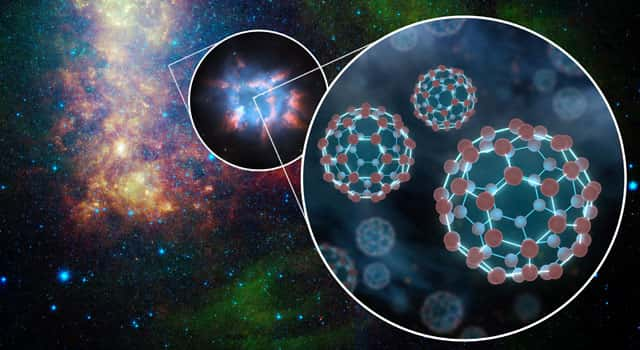 JPL - NASA
JPL - NASA
4. Avada Kedavra!
Only 5% of the universe is made up of normal matter. 25% is composed of dark matter. 70% is dark energy.
5. Do You Even Lift, Bro?
Neutron stars are so dense that a teaspoon of them would be equal to the weight of Earth’s entire population. In fact, Scientists agree that even Chuck Norris couldn't bench press a neutron star.
Who says I can't-Chuck Norris
6. Thanks, NASA
You can’t actually see a black hole. This is because a black hole is indeed “black.” No light can escape from it, so our mere mortal eyes don't pick up any light bouncing off it. In fact, it’s impossible for us to sense the hole through any of our instruments, no matter what kind of electromagnetic radiation we use (light, X-rays, whatever). The key is to look at the hole’s effects on the nearby environment, NASA points out.
7. It's All About Perspective.
The Sun is 400 times larger than the Moon. However, it's 400 times farther away from Earth, making them appear the same size.
8. Celestial Booze
There's a vast cloud of intoxicating substance in Sagittarius B. Sagittarius B is a vast molecular cloud of gas and dust floating near the center of the Milky Way. Interestingly, it contains 10-billion-billion-billion liters of intoxicating substance. So... all we have to do is saddle up one of those space shuttles, and we can ride on out there and have ourselves a party. Unfortunately, it's about 390 light years away, so it may take a few thousand generations to get there.
9. Living In A World Of Darkness...
Seasons last 21 years on Uranus, and each pole has 42 years of sunlight followed by 42 years of darkness. If that's not reason enough to avoid vacationing to the wrong side of Uranus in the future, consider this: it's bloody cold! Uranus has an average temperature of -357 degrees Fahrenheit.
Just like home!
10. Brr, It's Cold In Here
The coldest place in the universe may actually be on Earth. In Wolfgang Ketterles lab in Massachusetts, it's 0.000000000001 degrees Kelvin. That's -459.6 degrees Fahrenheit.
11. Wrap Your Head Around This
A year on Mercury consists of less than 2 days on Mercury.
That's right, each day on Mercury lasts about 58 1/2 Earth days. A year on Mercury takes only 88 Earth days (that darn thing orbits the sun fast!). This means that Bradley Cooper is about 166 years old in Mercury years.
Don't go to Mercury Bradley Cooper!
12. Lucy In The Sky...
Lucy, a star in the constellation Centaurus is a huge cosmic diamond of 10 billion trillion trillion carats. Lucy is named after The Beatles' song Lucy in the Sky with Diamonds. Needless to say, Lucy would also be exceedingly difficult to take.
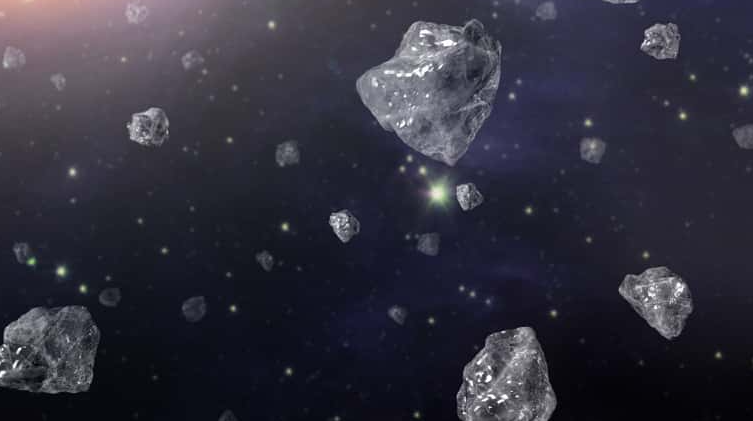 JPL - NASA
JPL - NASA
13. Too Cool To Freeze
Helium is the only substance in the universe that can't be in solid form. It simply can’t be cold enough to freeze.
14. Bang!
The Pistol Star is the most luminous star known in the universe. It's 10 million times the brightness of the Sun. Despite being 25,000 light years from Earth, it would be visible to the uncovered eye if it weren't for the interstellar dust that completely hides it from view.;
15. A Long Way To Go...
It takes 225 million years for our Sun to travel round the galaxy. It travels at 72,000 kilometers per hour, but it's quite the journey around the galaxy.
16. Take That, Everest!
Our solar system’s biggest mountain is on Mars. Olympus Mons is a gigantic shield volcano (similar to volcanoes found in the Haiiwain Islands) standing at 26 kilometres tall and sprawling 600 kilometres across. Mount Everest is only a mere 8.9 kilometers tall.
17. How About These Oceans...
Saturn’s moon Titan has liquid oceans of natural gas. Whether or not there's life on Titan is an open question and a topic of scientific assessment and research. In June 2010, scientists analyzing data from the Cassini–Huygens mission reported anomalies that could be consistent with the presence of methane-producing organisms.
18. Hopefully This Doesn't Happen Again
Earth's moon was most likely formed after an early planet named Theia crashed into Earth. The massive collision caused hurled a wack-ton of debris into space, and the moon was forged from that debris.
19. Twinkle, twinkle
8000 stars are visible with uncovered eye from Earth. 4000 in each hemisphere, 2000 at daylight and 2000 at night.
Now imagine just how many countless billions aren't visible to your uncovered eye, especially if you live in an urban centre...
Now stop imagining, before it melts your brain.
20. The Speed Of Eclipses
Because of the speed the Sun moves at, the absolute maximum possible length for a solar eclipse is 7 minutes and 58 seconds.
If the sun were somehow missing for any longer than that, there'd be a whole lot of problems down here on Earth.
21. Spin, Baby, spin!
Neutron stars are the fastest spinning objects known in the universe. Pulsars are a particular type of neutron star that emits a beam of radiation which can be observed as a pulse of light as the star spins. The rate of this pulse allows astronomers to measure the rotation. The fastest spinning known pulsar is the catchily-titled PSR J1748-2446ad, which spins at over 70,000 kilometres per second.
22. Uh oh
Look out! Our Milky Way (most likely) has a black hole! Is Earth in any imminent danger of getting swallowed? Nope, but astronomers say there is probably a huge supermassive black hole lurking in the middle of our galaxy. Luckily, we’re nowhere near this monster.
23. A Little Cosmic Radiation...
Stars release solar flares, brief eruptions of intense, high-energy radiation from their surfaces. A recent revelation by NASA explains how on July 23, 2012, Earth had a near miss with a solar flare from the most powerful storm on the sun in 150 years. Researchers believe it wouldn't have been pretty if that sucker hit us! Solar flares could send us back to the dark ages, taking out everything that runs on electricity.
24. Phil Collins And...
A planet nicknamed “The Genesis Planet” has been found to be 12.7 billion years old, making it the oldest planet found. For comparison, our Earth is only 4.5 billion years old.
That's right: on a universal scale, we're super duper young. Old Man Genesis must look at our pale blue dot and think, "these kids don't have a clue to run a planet anymore."
On the other hand, is that almost, kind-of, a little bit inspiring? We might be struggling to grapple with climate change and overpopulation at the moment, but it seems like no matter what happens to us, Earth will have at least 8ish billion more years to find a better set of tenants.
25. The Dark Side Of The Moon
We only see one side of the moon. The moon spins around its axis at the same speed that it rotates around the earth, effectively hiding its rear-end.
Who knew it was so shy.
26. Saturn Phelps
Saturn would float if you put it in water. Technically, this is true since Saturn, which is composed mostly of gas, is much less dense than water. However, finding a pool of water big enough may be a challenge... And, of course, the planet itself may not be the best swimmer. Most physicists agree that Saturn would fall apart pretty quickly if ever plopped it into this yet-to-be-discovered colossal pool.
27. Anybody Out There?
The average galaxy contains “only” 40 billion stars. To get an idea of the stupidly, ludicrous scale of the universe, consider this. There are trillions of galaxies. This means there could be this many stars in the universe: 1,000,000,000,000,000,000,000,000.
28. Looking To Gain A Few Inches?
While in space, people can get taller, but their hearts can get smaller. How much taller? About 3%. Why? More space between the discs of their vertebrae. Why the shrinking hearts you ask? The heart doesn't work as hard in space, which can cause a loss of muscle mass.
29. Going Rogue
Rogue planets are the James Deans of our universe: unbound by any star, brown dwarf, or other planet, the roam freely around space, presumably revving the engines on their planet-sized Harleys and wearing sweet leather jackets.
They aren't exactly hard to find. The Milky Way, for example, is estimated to host at least a few billion of these guys.
30. Try Building This
The largest structure found in the universe is the Sloan Great Wall, a super cluster of galaxies 1.37 billion light-years wide. The wall measures 1.38 billion light-years (1.30×1025 m) in length, located approximately one billion light-years away. In the sky, it is located within the region of the constellations Corvus, Hydra and Centaurus. It really puts the Great Wall of China to shame.
31. Dying With Style
Dying stars create black holes.
Like a good old chap, our Sun is going to end its life quietly. When its nuclear fuel burns out, it’ll slowly fade into a white dwarf. That’s not the case for far more massive stars. Let's say you have a star that’s about 20 times more massive than the Sun. When this monster runs out of fuel, gravity violently overwhelms and collapses the core and other layers are flung into space. This is called a supernova. The remaining core collapses into a singularity — a spot of infinitely dense mass and almost no volume. That’s another name for a black hole.
32. Reaching Out Into The Universe
The Voyager 1 spacecraft is the most distant human-made object from Earth. The Voyager Program launched two spacecrafts (Voyager 1 and Voyager 2) in 1977. The probes explored the planets and moons in the outer Solar System over several decades and are now continuing their mission to travel through interstellar space.
33. A Little Bit Of Force
Of the over 20 million meteors that are observable every day only one or two reach the surface of Earth. Most of these suckers burn up in the Earth's atmosphere, but occasionally one (generally an asteroid, if you want to nit pick) can make it to the surface. This results in an impact event, insanely powerful events that can release the energy of several million nuclear devices detonating simultaneously. This is bad news for Earth's inhabitants. In fact, 66 million years ago, an impact event at the Yucatán Peninsula in Mexico likely wiped out 75% of plant and animal species on Earth.
Many physicists agree that the thing most likely to kill us all is an impact event. Comforting thought: it takes a really big rock (at least 1 mile in diameter) to make it to our suface, and those rocks are rare. However, on the off-chance that NASA has failed to spot a rock that size hurtling towards the planet, physcists have worked out that it would be impossible to nuke an Earth-destroying asteroid. So it would really be lights out.
34. Great Minds
One of the consequences of living in our universe - where space and time are linked - is that the faster you travel, the slower time moves. Trying to Wrap one's head around this can pop some neurons, but it's arguably one of the coolest things we know about the universe, and this discovery is the foundation of our modern understanding of space time.
Using the Equivalence Principle, Einstein is the man who discovered this. Here's what Stephen Hawking had to say about his work:
"Einstein’s use of the equivalence of inertial and gravitational mass to derive his principle of equivalence, and eventually all of general relativity, amounts to a relentless march of logical reasoning unmatched in the history of human thought."
That's high praise from one smart dude to another!

